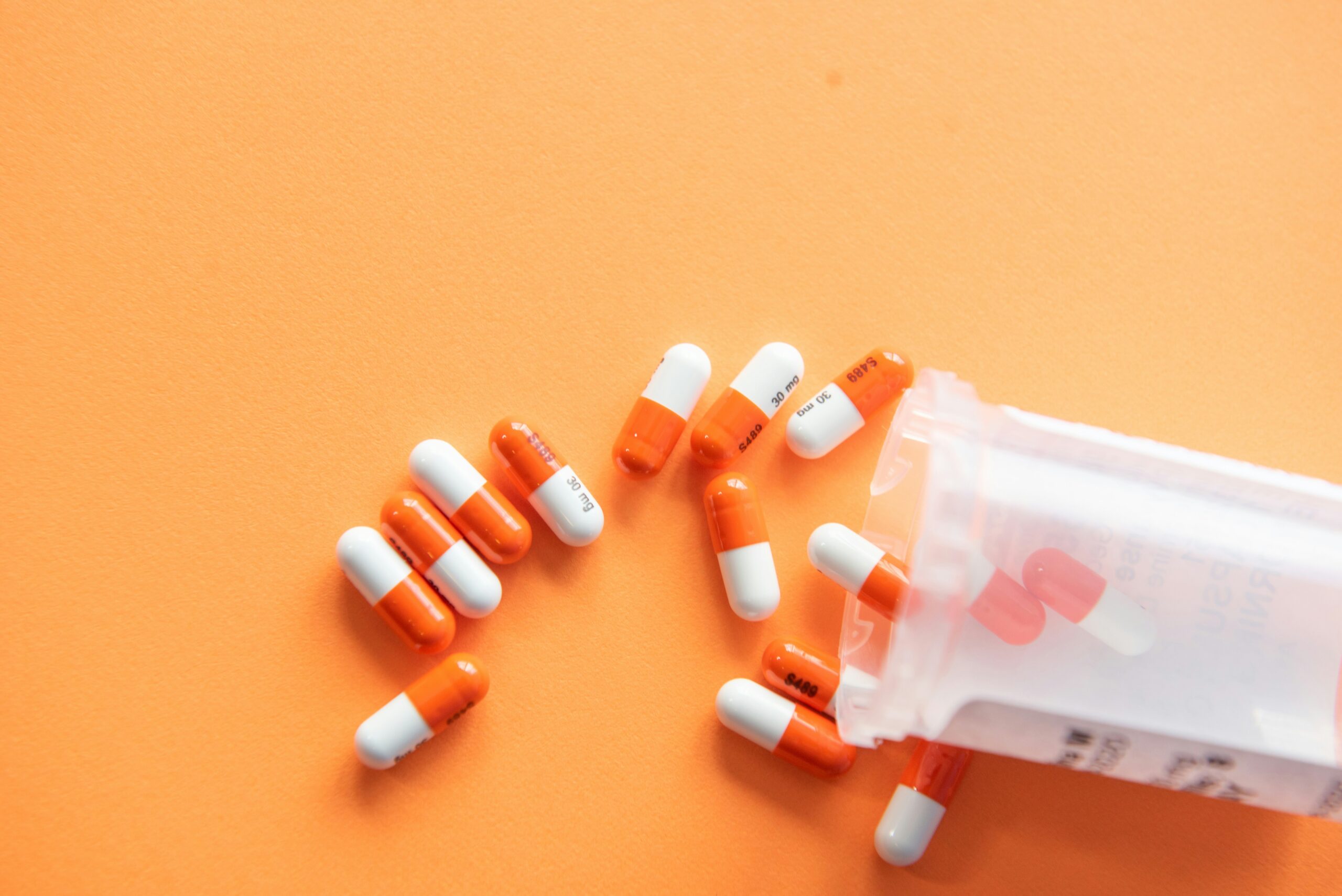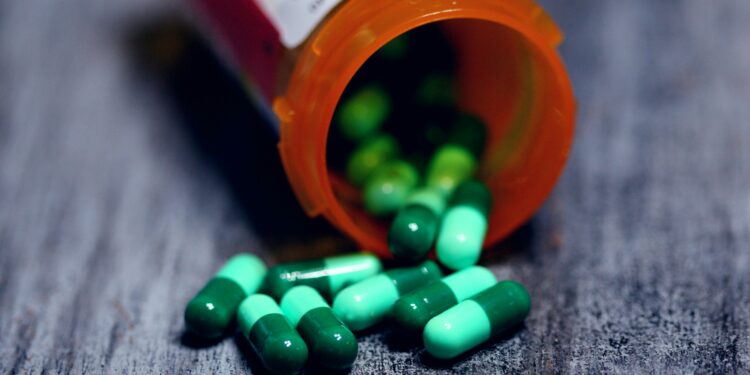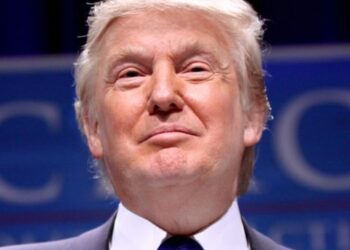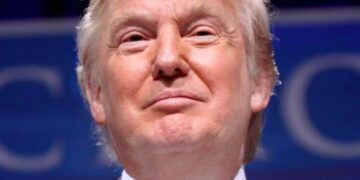The Trump administration’s decision to impose a 100% tariff on branded and patented pharmaceutical imports is not merely an economic maneuver but a dangerous act that “weaponizes” access to healthcare, threatening the lives of Americans.
By doubling the cost of imported, often life-saving, specialty drugs, this policy risks triggering a public health crisis defined by skyrocketing costs, critical drug shortages, and the rationing or outright abandonment of essential treatment by patients.

The Life-or-Death Impact on Patients
The most direct and devastating consequence is the threat to patient affordability and adherence.
There’s the issue of skyrocketing costs for advanced therapies: Here the tariff targets branded and patented medicines, which represent the most expensive segment of the drug market, including specialized cancer and rare disease drugs and high-profile medications like Ozempic or Wegovy.
For the 27.4 million uninsured Americans, or those facing high deductibles, a 100% tariff could turn already unaffordable medications into financially impossible ones, leading to medication non-adherence. When patients stop taking their prescribed, life-saving medicines due to cost, the direct outcome is disease progression, hospitalization, and, ultimately, preventable mortality.
There’s also the issue of worsening the drug shortage crisis: The pharmaceutical supply chain is complex and global. Tariffs inject massive financial pressure and uncertainty into this system. Experts warn that the tax could lead to supply chain disruptions and acute shortages, especially for crucial medicines with already thin margins or complex manufacturing.
Any disruption could immediately affect the availability of sterile injectables (like epinephrine or heparin) and certain chemotherapy drugs (products whose shortages have previously led to compromised patient care and deaths in hospitals). For patients with chronic conditions, the unavailability of their daily medication due to a tariff-induced shortage can lead to medical complications and/or death.
The Threat to Healthcare System Stability
The ripple effects of the tariffs extend throughout the entire U.S. healthcare system, further compromising patient well-being:
For Higher Insurance Premiums:
Healthcare economists predict that the higher prices for patented specialty drugs will be passed onto policyholders through increased health insurance premiums, co-pays, and deductibles. This, too, can force patients to ration or forgo care.
Potential Strain on Hospitals: Hospitals, which are major purchasers of these specialized drugs, could see their drug expenses surge by an estimated 20%. These massive, unanticipated costs will strain hospital budgets, potentially leading to cutbacks in patient services and worsening the overall stability of the healthcare delivery system.
Risk to Generics: Although the initial 100% tariff exempts generics, the administration has threatened future tariffs of up to 250% that could include generics. Generic drugs make up 90% of prescriptions dispensed in the U.S. and provide trillions of dollars in healthcare savings.
A tariff on generics, most of which are imported, would be a catastrophe for public health as manufacturers with razor-thin margins would be forced to exit the market, exacerbating shortages for common, essential, and affordable medications.
The policy’s stated goal is to reshore manufacturing, but critics warn that this high-stakes ultimatum jeopardizes the lives of vulnerable patients in the short-term while potentially creating inefficient, higher-cost production in the long-term, which will only lock in high drug prices for American consumers.

















